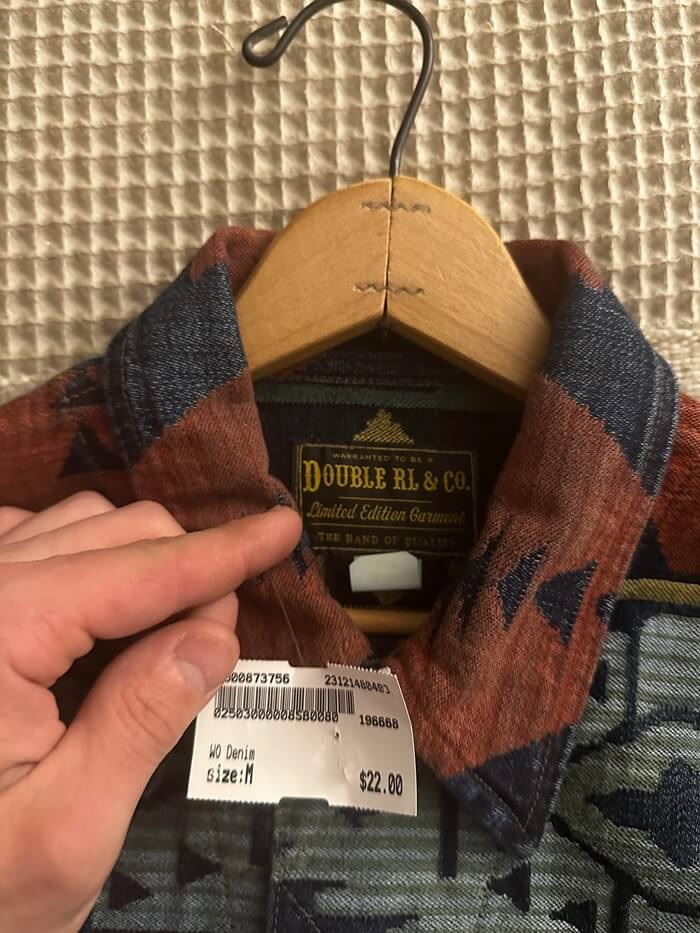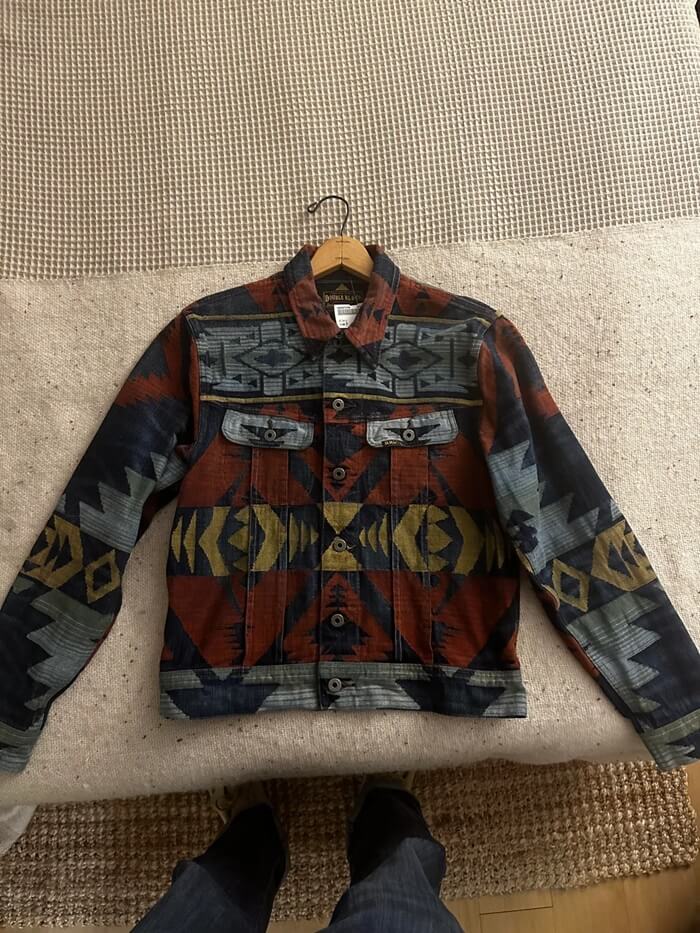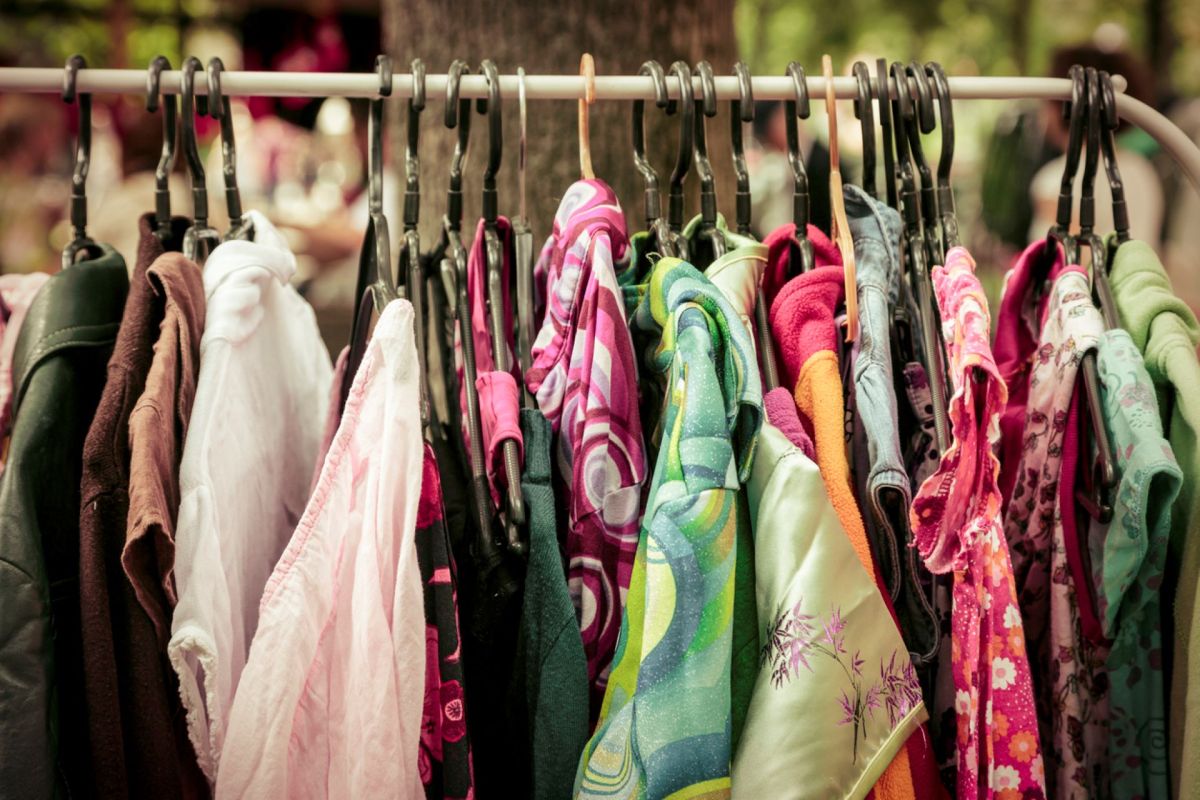A shopper was thrilled to stumble upon a rare jacket worth nearly $800 for only $22 at a thrift store.
"Thrift of my life," they wrote above a series of photos.
The shopper posted on the subreddit r/ThriftStoreHauls, writing that the limited edition Ralph Lauren jacket was a "once in a lifetime pick up," so unlikely that they didn't even believe it at first. "I thought [the tag] was weird too, but I found another owner of one of these through another sub and confirmed theirs had the same tag," they wrote in a comment.


Commenters and fellow thrifting enthusiasts shared in the excitement.
"Holy cow. I found a modern Filson a few weeks back and I thought I was lucky, but this is a whole nother level," one person said.
"This is next level," another wrote.
Shoppers around the world are becoming more and more passionate about thrift shopping — for good reason. Buying secondhand is beneficial for both budgets and the environment, saving shoppers over $1,700 annually and minimizing waste and pollution.
With people donating everything from mirrors to wedding dresses, thrift stores offer shoppers the chance to source a new-to-you wardrobe for a fraction of the cost. It's one reason that 93% of Americans shop secondhand to combat inflation. In addition to saving on commodities, shoppers also search for rare, vintage, and high-value items, allowing them to actually make money on their shopping.
Additionally, thrifting keeps consumer dollars out of the notoriously toxic fast fashion industry, where waste production and resource use are so extreme that many say it's causing an environmental crisis.
For example, it takes 1,800 gallons of water to produce a single pair of blue jeans — and even after all that effort, most clothing ends up in landfills anyway. In the United States, nearly 85% of all textiles are thrown away each year.
TCD Picks » Quince Spotlight
💡These best-sellers from Quince deliver affordable, sustainable luxury for all
Fortunately, secondhand shopping continues to grow. It expanded five times as much as the broader retail category in 2022 and is expected to grow nine times faster than retail by 2027, according to a 2023 report from clothing reseller ThredUP. It's a multibillion dollar industry and booming worldwide — and examples such as this RRL jacket only serve to draw in more shoppers.
"I'll give you $44 [for it]," one person joked.
Join our free newsletter for easy tips to save more, waste less, and help yourself while helping the planet.













